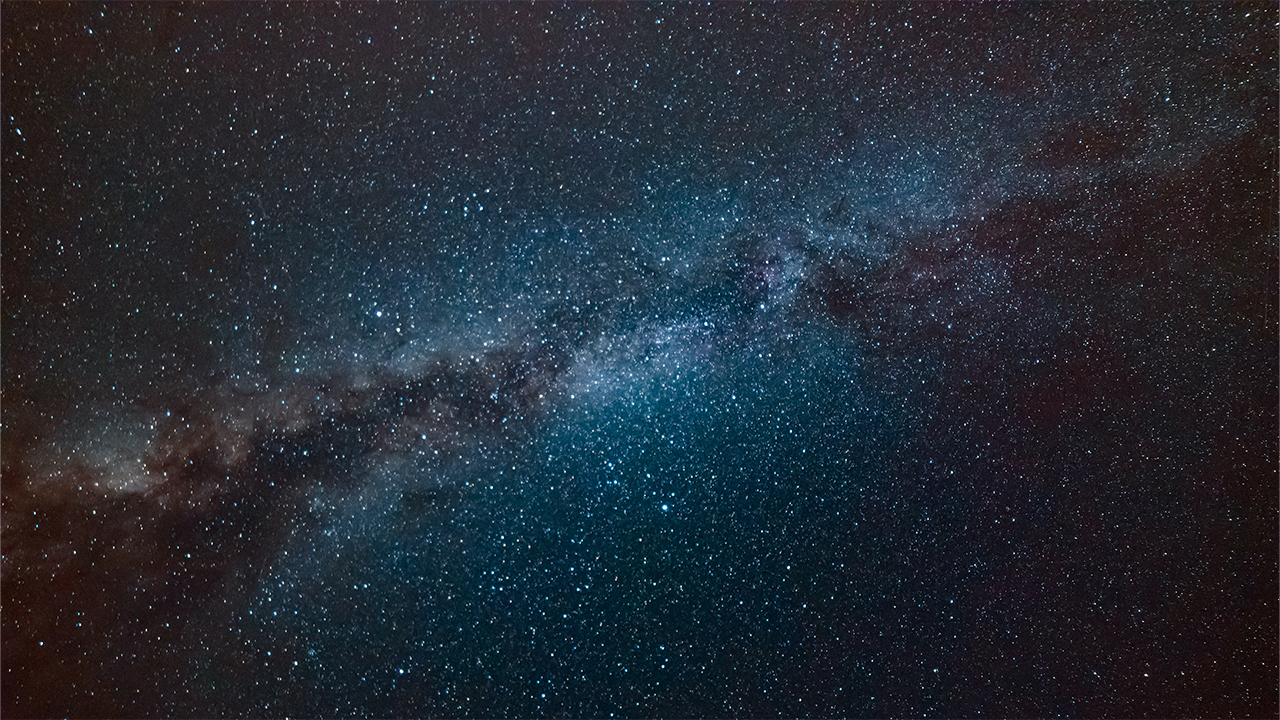Science & Technology, UK (Commonwealth Union) – Freshly obtained images of a supernova and its remnant, located a staggering 168,000 light years away from our planet, are shedding light on the intricate evolution of exploding stars, according to a team of international scientists.
This team, spearheaded by a researcher hailing from Cardiff University’s School of Physics and Astronomy, asserts that these images, which depict the extensively studied supernova SN 1987A, surpass the quality of any previous observations made by NASA’s Hubble and Spitzer space telescopes.
Captured by the Near-Infrared Camera (NIRCam) instrument aboard the James Webb Space Telescope (JWST) on September 1, 2022, these images unveil hitherto unseen crescent-like formations within the supernova remnant. It is believed that these crescents constitute a portion of the outer layers of gas stemming from the supernova explosion.
Dr. Mikako Matsuura, a Reader at Cardiff University’s School of Physics and Astronomy, leading the analysis of these novel images, indicated that, SN 1987A is the closest supernova explosion to Earth detected for the last 400 years. Over that time, it has been observed by almost all major ground-based telescopes in the southern hemisphere and through different generations of space telescopes as well.
Dr. Matsuura further indicated that, for JWST to reveal previously unknown features such as these crescent shapes in the outflow of the supernova was a big surprise and speaks to the telescope’s abilities to present well-studied structures in new and exciting ways.
Leveraging the remarkable sensitivity and spatial resolution of the telescope, these images additionally unveil a central structure reminiscent of a keyhole, densely packed with clumps of gas and dust that were expelled by the supernova explosion nearly four decades ago.
Dr. Matsuura pointed out that Spitzer observed SN 1987A in infrared for its entire lifespan and provided them with crucial insights into the way the light from the supernova remnant evolves over time. However, it never attained the level of precision and intricacy that JWST has now achieved with these newfound images.
Dr. Mikako Matsuura, a Reader of the Astronomy Group at Cardiff Hub for Astrophysics Research and Technology, elaborated, that this enhanced level of detail empowers us with a deeper understanding of the inner workings of SN 1987A. Shockwaves from the supernova are colliding with the remnant’s equatorial ring, elevating the temperature of the dust and gas within and its immediate vicinity, thus emitting infrared light—an area where JWST exhibits exceptional sensitivity.”
Situated in the Large Magellanic Cloud, a neighboring galaxy to our Milky Way, SN 1987A has been the focal point of rigorous observations spanning the entire electromagnetic spectrum, from gamma rays to radio waves, since its discovery in February 1987.
Much like Spitzer, JWST will continue its scrutiny of the supernova using its Near-Infrared Spectrograph (NIRSpec) and Mid-Infrared Instrument (MIRI), enabling astronomers to capture fresh, high-fidelity infrared data over time.
Moreover, JWST will maintain collaborative efforts with observatories such as Hubble and Chandra, among others, to yield novel insights into both the historical and future evolution of this legendary supernova.
Dr. Roger Wesson, a research associate at Cardiff University’s School of Physics and Astronomy and an integral part of the international analysis team, remarked, that despite nearly four decades of studying SN 1987A, numerous enigmas still persist, beckoning further exploration.
“The level of detail revealed by JWST is simply astounding,” said Professor Haley Gomez Deputy Head of Cardiff University’s School of Physics and Astronomy who is part of the international team as well.
“With this new, intricate view of the aftermath of a famous stellar explosion, we can learn so much about how exploding stars interact and shape their surroundings,” explained Professor Haley Gomez, Deputy Head of School, of the Astronomy Group, Cardiff Hub for Astrophysics Research and Technology.








